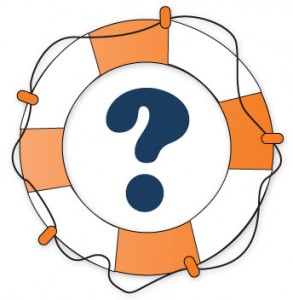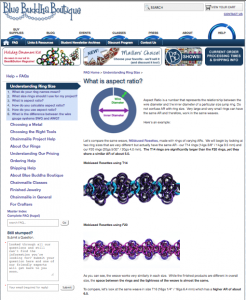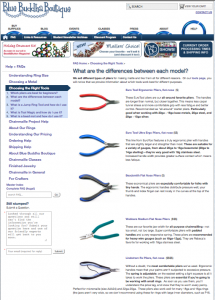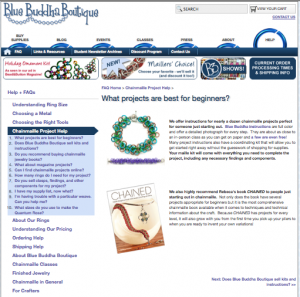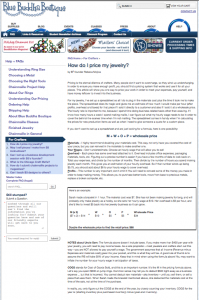Chainmaille artist, supplier, and full-time mom, Spider is one of those “do-it-all” kind of women. Not only that, but she does it with such grace, she makes it look easy. We are so proud to have her as our contributor this month not only because she is a super-inspired artist but because she is so darn easy to relate to. We hope you enjoy reading her responses to your questions as much as we have.
Thank you to all the readers who submitted questions! Stay tuned as we continue to pick the brains of some amazing chainmaille artists on your behalf…and next time, make sure to send us YOUR burning questions!
=========================================
You are one busy lady and yet, you’re making it all work! What are your best time management tips?
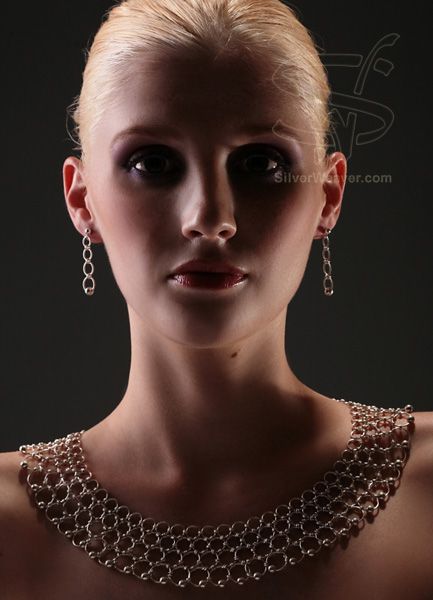 I understand my schedule really well, and I keep a lot of lists. Different days/times in my schedule allow for different kinds of productivity.
I understand my schedule really well, and I keep a lot of lists. Different days/times in my schedule allow for different kinds of productivity.
EXAMPLE 1: My bookkeeper shows up on Monday mornings. I don’t have access to my computer while she’s here, but I do have access to the rest of my studio, and I know Kayla won’t interrupt me. Perfect time for teaching classes or working on designs – anything that requires my full attention and tools/supplies, but no computer.
EXAMPLE 2: I usually keep Kayla company while she does her homework. This is a good time for tasks that don’t require much brain, but that might need some room to spread out. This is typically “pliers time” for well-understood projects.
EXAMPLE 3: Waiting for Kayla’s class to be released; sitting in the spectator area during swim class; waiting in line at the post office. Any time I’m out in the world with time to pass I bring small, portable work with me. (I’m writing the answer to this question as Kayla’s working on her frog kicks!)
I keep several different lists for different types of environments. I don’t “waste” Tuesday morning time on a task that could be done during swim class. And I make sure that I keep all the lists topped up so that I always have something in the queue when I discover a few spare minutes.
Your daughter is in school now which opens up any parents’ day at least a little bit, but how did you find time to work on your business and jewelry projects when your daughter was very young and still at home with you all day?
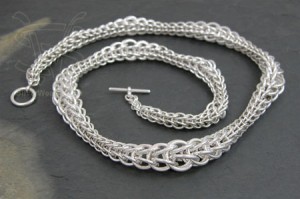 It was really challenging, more so because Kayla was a very “hands on” baby/toddler who was mostly uninterested in naps. Luckily, Mr. Spider is extremely supportive – I got a lot done on weekends and the occasional evening. During weekdays I just tried to stay flexible and creative about getting things done with a baby on me. If you slouch down far enough you can rest the baby on your chest and reach around to the pliers or the keyboard. Priority Mail boxes are apparently more fun to sit in than other boxes – especially if Mom is packing orders into similar boxes. Once Kayla was old enough to enjoy traveling in a sling, post office excursions became a great excuse for mid-day excercise. And so on …
It was really challenging, more so because Kayla was a very “hands on” baby/toddler who was mostly uninterested in naps. Luckily, Mr. Spider is extremely supportive – I got a lot done on weekends and the occasional evening. During weekdays I just tried to stay flexible and creative about getting things done with a baby on me. If you slouch down far enough you can rest the baby on your chest and reach around to the pliers or the keyboard. Priority Mail boxes are apparently more fun to sit in than other boxes – especially if Mom is packing orders into similar boxes. Once Kayla was old enough to enjoy traveling in a sling, post office excursions became a great excuse for mid-day excercise. And so on …
Mostly I kept focused on how much easier it was than last week/month, rather than how much more difficult it was with a baby. And having such wonderful customers made a huge difference. I never once got grumbles when things were delayed because I was busy being Mom instead of being Spiderchain. So if you were my customer during 2004-2009? Thank you!!
How has becoming a mother affected your priorities as an artist and business owner? Has it changed the way you look at your art and/or your business?
 I’m sure there are some subtle changes that I’m not consciously aware of, but the only specific thing that comes to mind is how SATISFYING it is to share the creative design process with Kayla. Seeing her go though the steps of creating something new makes the whole process somehow more valuable to me.
I’m sure there are some subtle changes that I’m not consciously aware of, but the only specific thing that comes to mind is how SATISFYING it is to share the creative design process with Kayla. Seeing her go though the steps of creating something new makes the whole process somehow more valuable to me.
She’s been coming up with her own jewelry ideas for years (including one memorable necklace made with a paper napkin – seen below and modeled by Kayla, left) and I am fully convinced that the process of imagine/create/use has given her a better grasp of how the physical world works, plus a level of “I can” confidence that’s going to make her whole life more fun – and not just for jewelry! Manual dexterity, the ability to visualize and plan, the satisfaction of using a thing made by one’s own hands – these are all things that I would wish for EVERY child. (Earrings below designed by Kayla.)
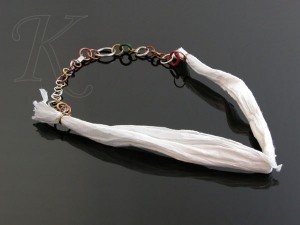
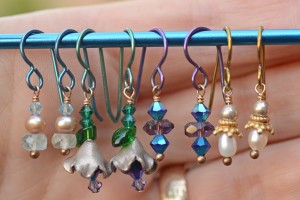
What have you found is the best way to grow your business?
I’m a terrible person to ask about business growth. Spiderchain has grown a great deal over the years, but it just happened – I never did anything “on purpose” to grow it. I don’t advertise. I don’t market. I just make really good stuff and I try to give my customers enough information that they can select the CORRECT really good stuff. So yea… have high quality standards and good customer service. But you might want to consider advertising too. *grin*
In addition to running a successful small business, you make some really beautiful chainmaille jewelry. When it comes to make maille, what inspires you the most?
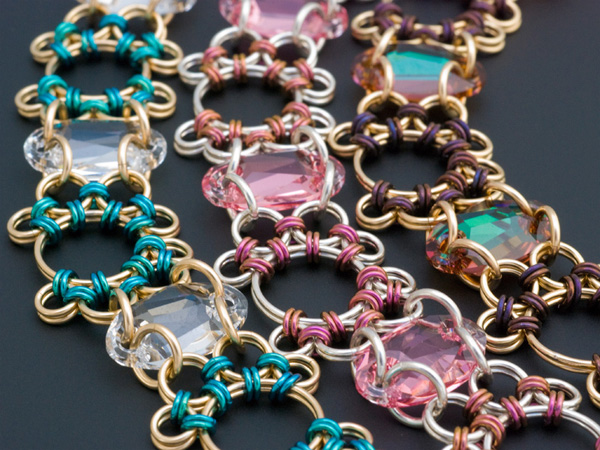 Math! Textures! Optical illusions and white space. But mostly it’s the math. I love that there are so many ways to combine a pile of thin tori into different patterns. And some of those patterns are unexpectedly gorgeous and tactile. Yea – I’m pretty much just a huge chainmail geek.
Math! Textures! Optical illusions and white space. But mostly it’s the math. I love that there are so many ways to combine a pile of thin tori into different patterns. And some of those patterns are unexpectedly gorgeous and tactile. Yea – I’m pretty much just a huge chainmail geek.
I sometimes start with a sketch, and sometimes sit down with a range of rings and just play. I make a line of jewelry brass rings for “guilt free” prototyping. They match the size of sterling rings very closely, but they’re inexpensive enough that it doesn’t matter if my design doesn’t work out, or takes a dozen size changes to get just right. Having a pile of rings staring at me is definitely inspiring – especially when there are a zillion sizes and it doesn’t matter if I goof up.
A few of our readers were really curious to know more about how do begin to develop new weaves. What are you recommendations for maillers who want to begin creating their own unique weaves and variations?
Give yourself artificial constraints. For example:
- a weave that uses both Japanese and Persian connections
- a weave that uses THESE three sizes in equal amounts
- a weave that bends in only one direction
- a weave that will allow for offset layers of color
You might not accomplish your “goal,” but you’ll probably bump into some interesting patterns along the way.
That said, most of the inventing I do isn’t new weaves, but instead ring-size variations of standard weaves. Inventing new weaves is fun, but most of my design focus is on creating overall pieces, and for that, I like my dependable stand-by weaves. (Who me? Japanese 12-in-2?)
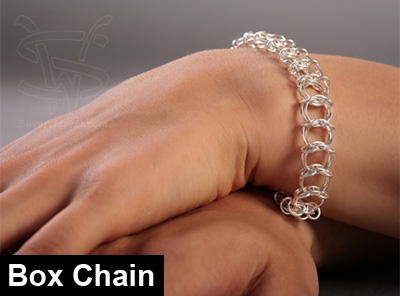
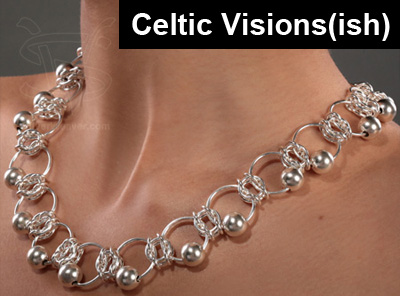
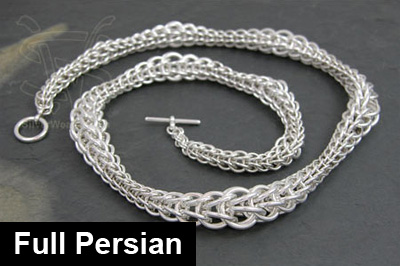

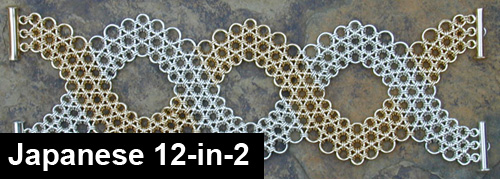
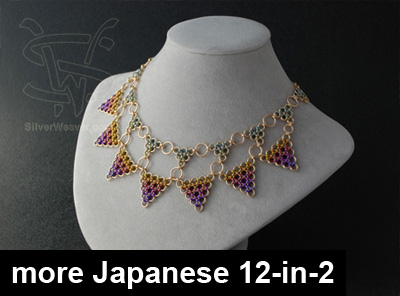

Several readers mentioned that your DVDs provided them with just the “Ah-Ha!” moments they needed to conquer many chainmaille weaves. Do you remember any “Ah-Ha!” moments you had when you first started making maille?
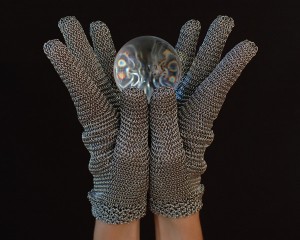 I certainly had several light bulbs switch on during the early days of working on my gloves. A bit of background… I had been making chainmail for (at most) a couple months. I had started my first real project (a shirt – never completed) and decided that a pair of gloves would be a good second project. In knitting (with yarn), gloves are a good bite-sized etude that helps the knitter gain a better understanding of how to fit the human form. So I thought “Hey! I’ll do the same thing for chainmail!” I had no clue just how ambitious the project would turn out to be… But there were plenty of Ah-Ha moments (plus some frustration and colorful language) involved in with-grain expansions/contractions, CROSS-grain expansions, joining, fitting, etc. I’m glad that I decided to make a pair of gloves, but I have to laugh at myself for choosing it as my SECOND project.
I certainly had several light bulbs switch on during the early days of working on my gloves. A bit of background… I had been making chainmail for (at most) a couple months. I had started my first real project (a shirt – never completed) and decided that a pair of gloves would be a good second project. In knitting (with yarn), gloves are a good bite-sized etude that helps the knitter gain a better understanding of how to fit the human form. So I thought “Hey! I’ll do the same thing for chainmail!” I had no clue just how ambitious the project would turn out to be… But there were plenty of Ah-Ha moments (plus some frustration and colorful language) involved in with-grain expansions/contractions, CROSS-grain expansions, joining, fitting, etc. I’m glad that I decided to make a pair of gloves, but I have to laugh at myself for choosing it as my SECOND project.
Speaking of “Ah-Ha” moments, many folks would love to take class from you in person. Do you teach classes nationally? Do you have other plans for teaching – maybe another DVD?
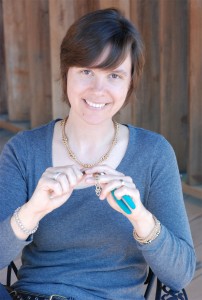 I mostly teach private classes at my studio in Castro Valley, California (near San Francisco). If readers want to schedule private classes, they should send me email. ([email protected])
I mostly teach private classes at my studio in Castro Valley, California (near San Francisco). If readers want to schedule private classes, they should send me email. ([email protected])
I don’t travel to teach very often. Currently I have only two teaching events scheduled for 2012. In early March I’ll be teaching a weekend-long intensive at the Revere Academy. And then in early June I’ll be teaching an assortment of classes at the Bead&Button show (registration opens in January).
Another DVD? Maybe some day, but for now I’m working on a book. Don’t get your hopes up – it’s taking a very, VERY long time to write. It will (eventually) be an intermediate/advanced book all about Japanese weave. It’s my favorite weave in the whole world and there’s no end to the variations you can make. Wonderful, YUMMY weave!
=========================================
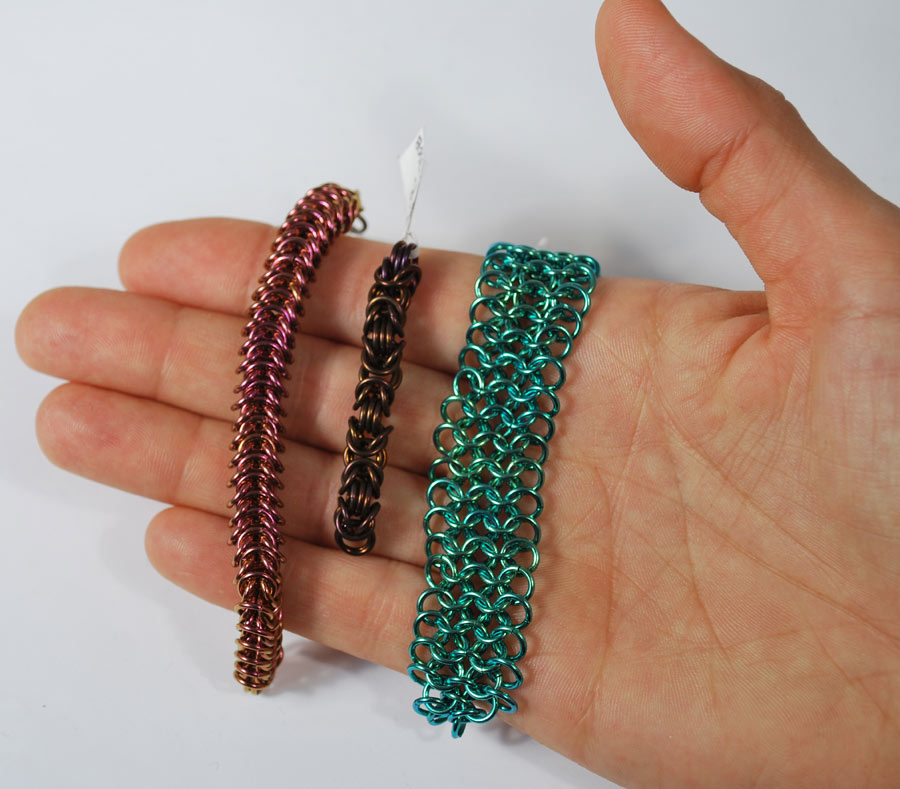
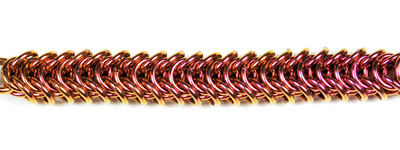
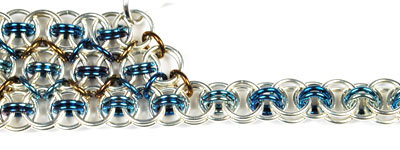
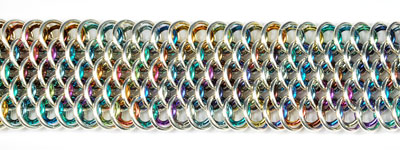
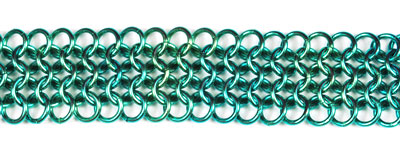
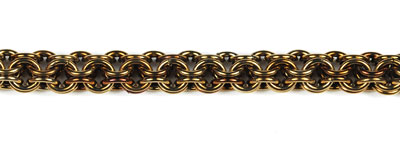
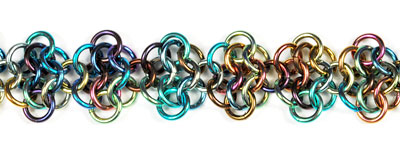
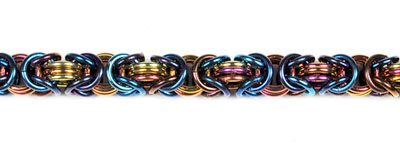
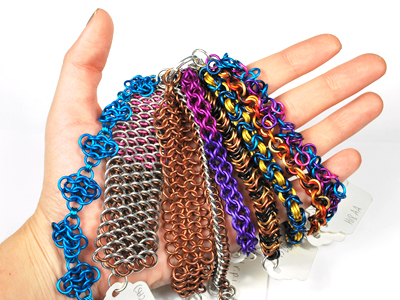
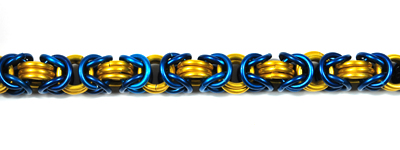
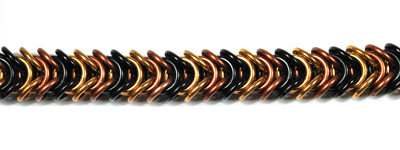
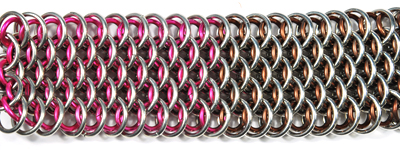
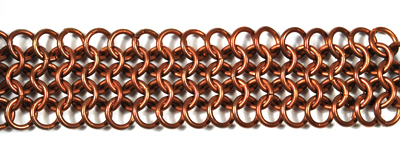
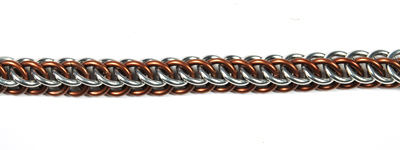
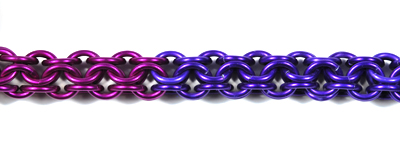
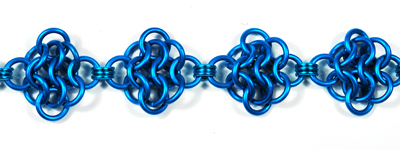
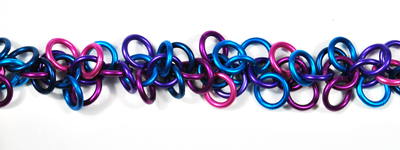
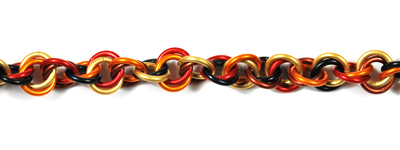
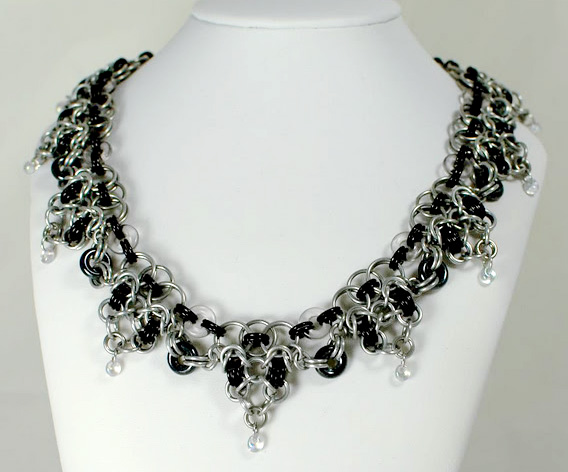
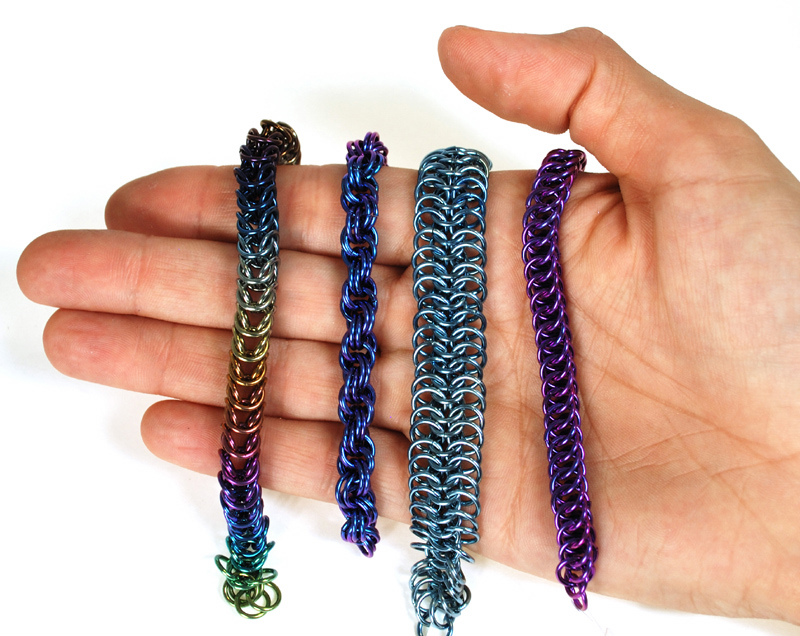
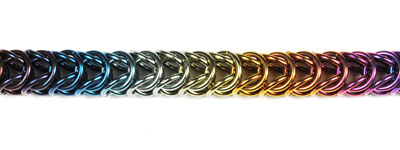
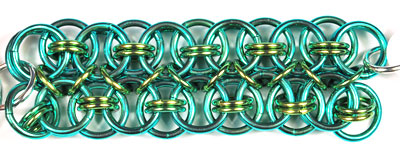
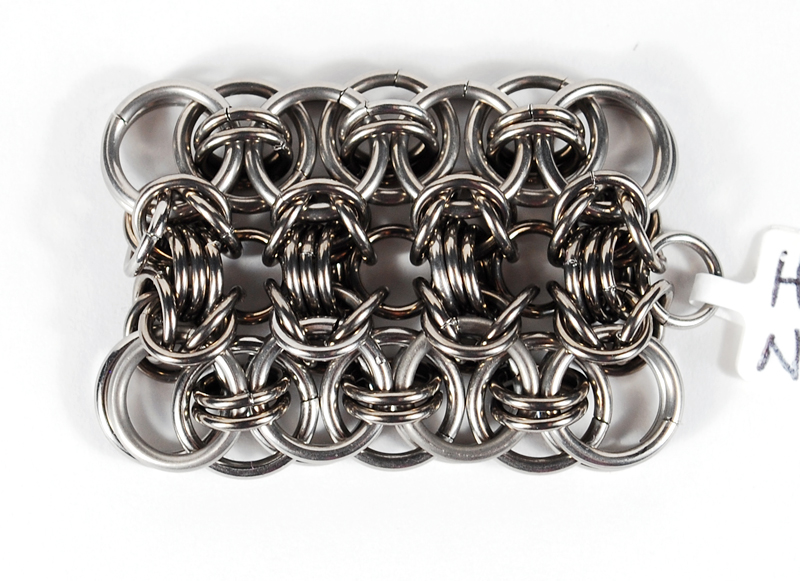
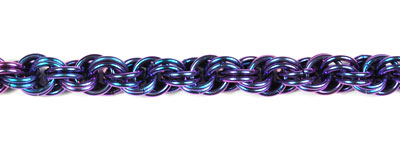
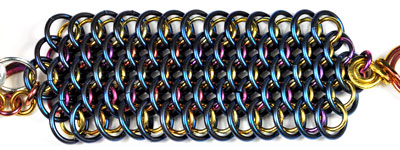
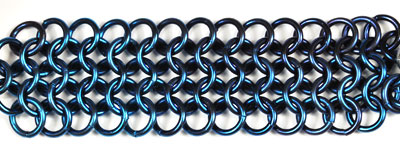
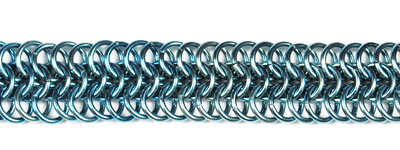
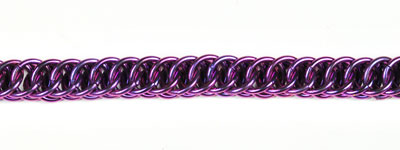














 I mostly teach private classes at my studio in Castro Valley, California (near San Francisco). If readers want to schedule private classes, they should send me email. (
I mostly teach private classes at my studio in Castro Valley, California (near San Francisco). If readers want to schedule private classes, they should send me email. (